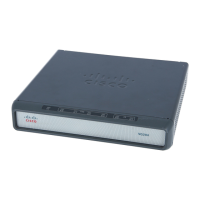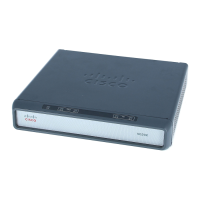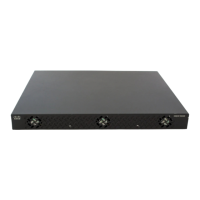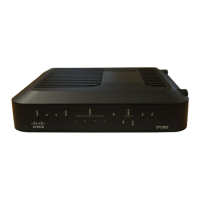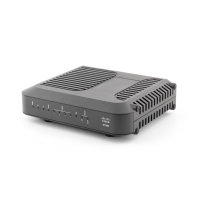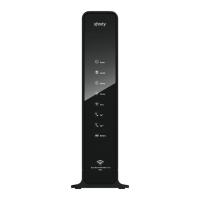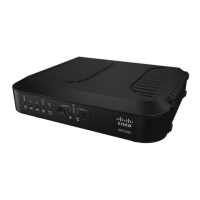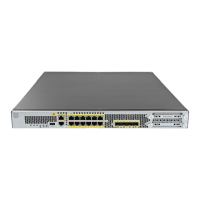Configuring ISG Access for PPP Sessions
How to Configure ISG Access for PPP Sessions Using Control Policies
6
Verifying VRF Transfer for PPP Sessions
Perform this task to verify VRF transfer for PPP sessions. All of the show steps are optional and may be
performed in any order.
SUMMARY STEPS
1. enable
2. show subscriber session all
3. show idmgr {service key session-handle session-handle service-key service | session key
{domainip-vrf ip-address ip-address vrf-id vrf-id | ip-address ip-address | mac-address
mac-address | nativeip-vrf ip-address ip-address vrf-id vrf-id | portbundle ip ip-address bundle
bundle-number | session-handle session-handle}}
4. show ip route [vrf vrf-name]
DETAILED STEPS
Step 5
sg-service-type primary
Example:
Router(config-service-policymap)#
sg-service-type primary
Defines the service as a primary service.
• A primary service is a service that contains a
network-forwarding policy. A primary service must be
defined as a primary service by using the
sg-service-type primary command. Any service that is
not a primary service is defined as a secondary service
by default.
Step 6
sg-service-group service-group-name
Example:
Router(config-service-policymap)#
sg-service-group group1
(Optional) Associates an ISG service with a service group.
• A service group is a grouping of services that may be
active simultaneously for a given session. Typically, a
service group includes one primary service and one or
more secondary services.
Command or Action Purpose
Command or Action Purpose
Step 1
enable
Example:
Router> enable
Enables privileged EXEC mode.
• Enter your password if prompted.
Step 2
show subscriber session all
Example:
Router# show subscriber session all
Displays information pertaining to the service chosen by the
subscriber.
